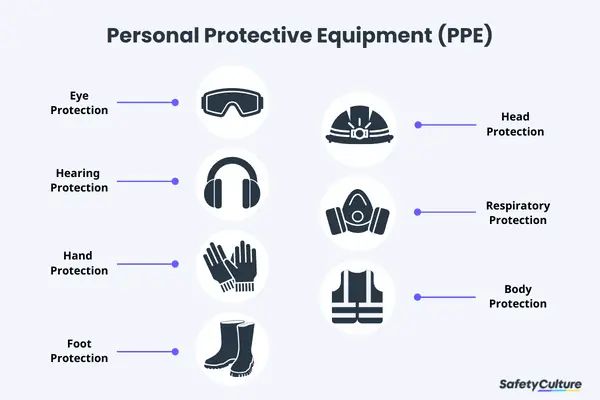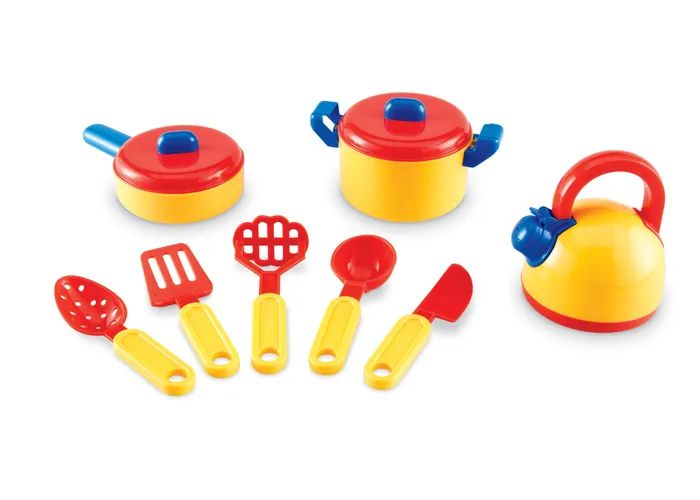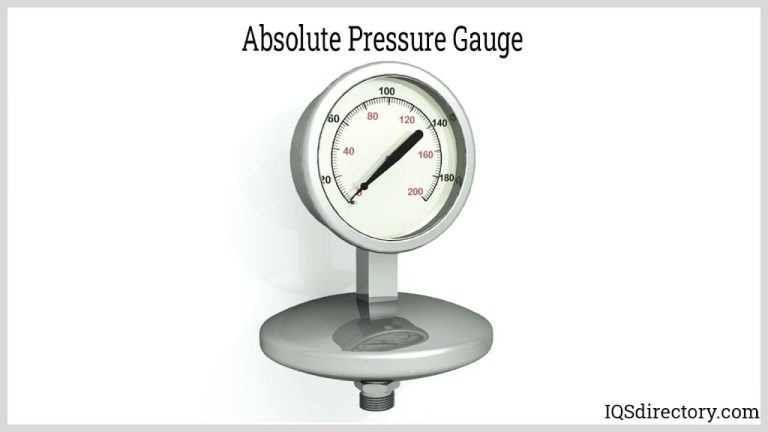What Is The Best Sanding Tool For Small Projects?
The purpose of this article is to recommend the best sanding tool for small DIY and craft projects. Proper sanding is a crucial step in any woodworking project, as it prepares the surface and allows finishes to adhere properly. Selecting the right sander for your needs and using proper sanding techniques will help you achieve smooth, professional results. Whether you’re sanding a small jewelry box or finishing a bookshelf, having the right sander makes a world of difference. Read on as we compare manual sanding blocks, power hand sanders, and detail sanders to determine the ideal option for your next small project.
Discuss Different Sanding Tools
When it comes to sanding small projects and tight spaces, there are three main types of sanding tools to consider – manual sanding blocks, power hand sanders, and detail sanders.
Manual Sanding Blocks
Manual sanding blocks are handheld tools that hold sheets of sandpaper. They typically have a rubber or sponge base to provide grip and allow you to apply pressure evenly across the sandpaper. Manual sanding blocks excel at sanding flat surfaces, inside curves, edges, and tight spots that are hard to reach with power tools.
They provide good control and precision on small projects like furniture, crafts, toys, and household items. The main downsides are that they require more physical effort and time compared to power sanders.
Power Hand Sanders
Power hand sanders are versatile electric sanders ideal for a range of small sanding jobs. Options include palm sanders, finished sanders, and detail sanders. They use orbiting or vibrating action to quickly remove material and leave a smooth finish.
Power hand sanders allow you to work faster than manual sanding. However, they are harder to control and can leave uneven surfaces if used improperly. They are good for flat surfaces, rounding edges, smoothing seams, and preparing surfaces for finishing.
Detail Sanders
Detail sanders, also called mouse sanders, are miniature electric sanders designed for precision work in tight spaces. They use a triangular or teardrop-shaped sanding pad to sand small, hard-to-reach areas.
Detail sanders allow excellent control for delicate projects. They excel at detail work like smoothing corners, edges, crevices, carvings, nooks, and crannies that larger sanders can’t access. However, they lack the power to efficiently sand large flat surfaces.
Manual Sanding Blocks
Manual sanding blocks are a simple, inexpensive sander option. They consist of a block made of various materials like wood, rubber or foam, with sandpaper wrapped around the block. Wrapping sandpaper around a block provides an easy way to grip sandpaper and apply consistent pressure over its surface. Some advantages of manual sanding blocks:
- Low cost – just the block and sandpaper is needed.
- Lightweight and highly portable for small projects.
- Various sizes available from small blocks to longer curved boards.
- Easy to grip and maneuver with good control.
- Many materials like wood, rubber or foam provide a comfortable, sturdy grip.
- Sandpaper is replaceable when worn out.
Manual sanding blocks do require more physical effort and time for larger sanding jobs. But for fine detail sanding and small projects, they provide an affordable and effective option.
Power Hand Sanders
Power hand sanders are electric sanders that make sanding quicker and easier compared to manual sanding blocks. The main types of power hand sanders are orbital, vibrating, and oscillating sanders.[1]
Orbital sanders have a circular or elliptical sanding motion which helps prevent sanding marks. Orbital sanders come in quarter-sheet and palm sizes for sanding small areas. Quarter-sheet orbital sanders are more powerful while palm sanders are better for tight spaces and detail work.[2]
Vibrating hand sanders, also called detail sanders, use an aggressive back-and-forth motion for removing material quickly. Detail sanders allow better control for sanding in tight areas. However, the vibrating motion can sometimes leave swirl marks in the surface.[1]
Oscillating hand sanders have a side-to-side sanding motion. The oscillating movement helps reduce sanding marks while still being aggressive. Oscillating sanders are a good compromise between orbital and vibrating sanders.[2]
Overall, power hand sanders allow faster stock removal compared to manual sanding. Their electric motors reduce fatigue while giving better finishing capability. For small projects, palm sanders and detail sanders provide the best power sanding options.
Detail Sanders
Detail sanders are benchtop tools designed for precision sanding and finishing work. They allow for targeted sanding in tight spaces that may be difficult to reach with hand sanding blocks or palm sanders. There are two main types of detail sanders:
Benchtop Belt Sanders
Belt sanders use continuous sanding belts that rotate around two pulleys. The belts come in different grits for coarse to fine sanding. Benchtop belt sanders are compact in size but powerful. They can remove material quickly and leave a smooth sanded surface.
Belt sanders are ideal for sanding contours and shapes. The narrow belt width allows you to control sanding and achieve detail. Many benchtop models have adjustable belts at different angles for versatility.
Benchtop Disc Sanders
Disc sanders have circular abrasive discs that spin rapidly for smoothing and finishing surfaces. The discs come in a range of grits and materials. Disc sanders can take on flat, curved and irregular shapes.
Benchtop disc sanders provide precision control for detail work. Features like dust collection keep the abrasive surface clear for optimal performance. Disc sanders are great for smoothing small flat surfaces and removing paint or finishes.
Recommend Best Sander
When choosing the best sander for small projects, it’s important to consider cost, versatility, and ease of use. For most DIYers and hobbyists, an orbital sander is going to be the best bet.
Orbital sanders provide a nice balance of affordability and functionality. They are able to sand flat surfaces as well as inside curves and edges. Unlike random orbital sanders, standard orbital sanders only vibrate in a circular motion and won’t leave swirl marks in the wood.
Some top orbital sander models include the Bosch ROS20VSC, Makita BO5031K, and DEWALT DWE6421. These sanders range from $50-$100, so they are budget-friendly compared to large power sanders. The palm grip design also makes them comfortable and easy to control.
For tackling very small DIY projects, a detail or mouse sander is a great option. These miniature sanders allow you to get into tight spots that regular models can’t. Detail sanders start around $25-50 and are extremely versatile and simple to use.
When looking for the best sander for small projects, an orbital or detail sander will be your best bet. Focus on brands known for reliability, and choose a model in your budget with positive reviews.
Using Proper Grit Sandpaper
Choosing the appropriate grit sandpaper is crucial for achieving the desired results on your project. Sandpaper comes numbered with grit ratings, which refers to the number of abrasive particles per square inch of sandpaper. The lower the grit number, the coarser and more abrasive the sandpaper. Higher grit numbers are finer and smoother. [1] [2]
For small projects using softwoods like pine or cedar, start with 100-150 grit sandpaper to remove major imperfections, then smooth with 220-400 grit. On hardwoods like oak or maple, begin with 80-120 grit for aggressive sanding, graduating up to 150-220 grit for a smooth surface. For finishing touches on wood projects, use 280-600 grit. [3]
On metal surfaces, start with 80-120 grit to remove rust or imperfections. Move up to 220-400 grit for a polished, brushed texture. Finer sandpapers like 600-2000 grit will create a satin sheen. Check the project plans for recommended grit progression. [1] [3]
It’s advisable to have an assortment of grits on hand, ranging from coarse to extra-fine, based on the needs of the project. Move incrementally up in grit numbers for the best results. Ensure you change sandpaper frequently so grit doesn’t clog the paper. Proper grit selection makes sanding more efficient and achieves the desired smoothness on your project.
Sanding Techniques
When sanding, it’s important to pay attention to the direction you sand in, the amount of pressure applied, and properly preparing the surface. According to BobVila.com, sanding should be done with the grain, not against it [1]. Sanding against the grain can create scratches that are difficult to remove. Apply even, consistent pressure as you sand. Pressing too hard can cause uneven sanding or damage the surface. Before sanding, ensure the surface is clean and free of any debris, paint drips, or rough areas that need patching [1]. Proper preparation leads to a smooth finish.
Safety Tips
Sanding can produce a lot of dust, debris, and noise, so it’s important to take proper safety precautions. Here are some tips for staying safe:
Wear eye protection like safety glasses or goggles to keep dust out of your eyes (1). Sanding can create flying particles that can damage eyes.

Use a dust mask or respirator to avoid breathing in fine dust particles (2). Sanding dust can irritate lungs and cause breathing issues.
Wear hearing protection like earplugs or earmuffs to protect against loud noise from power sanders (2). Frequent exposure to noise over 85 decibels can eventually cause hearing loss.
Use a dust collection system to capture dust at the source (1). Dust extractors, shop vacs, or central dust collection systems help control dust.
Work in a well-ventilated area to allow dust to dissipate (2). Work outside if possible to allow maximum air flow.
Keep your work area clean to avoid slipping or tripping hazards (1). Clean up dust and debris regularly.
Follow all manufacturer safety recommendations for the specific sander you’re using.
Take breaks during extensive sanding to prevent fatigue that can lead to accidents.
Know where the power switch is located in case you need to turn off the sander quickly.
References:
(1) https://www.youtube.com/watch?v=jEjL2OlhRyQ
(2) https://floor-sanding-kent.org/the-art-and-science-of-floor-sanding-unveiling-the-journey-from-old-to-new/
Conclusion
When it comes to small sanding projects, a detail sander is likely the best tool for the job. Detail sanders allow you to get into tight spaces and edges with precision. Models like the DWE6423 5″ Variable Speed Random Orbit Sander provide the power and control needed for small projects, without being overly bulky. They have a compact size but don’t sacrifice performance.
When using your detail sander, be sure to use the proper grit sandpaper for each sanding stage. Start with a lower grit to remove material, then work up to higher grits for smoothing and polishing. Always follow safety precautions like wearing a mask and goggles. With the right sander, techniques, and safety gear, you’ll be able to achieve a smooth finish on small projects.





